
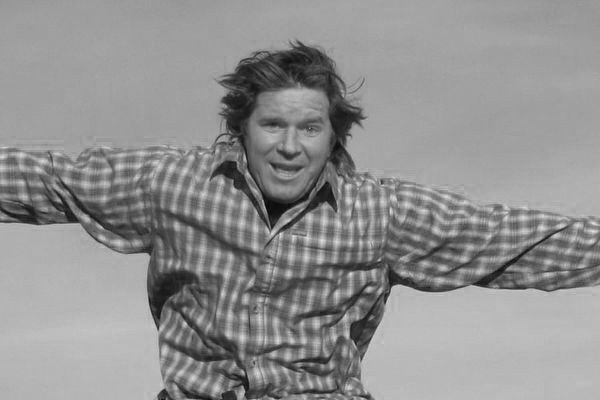 Fred Williams
Brand Manager, Petersen’s 4Wheel & Off Road
Contributors:
Kevin McNulty
Photographers:
Courtesy of the Manufacturer4WOR Staff
Fred Williams
Brand Manager, Petersen’s 4Wheel & Off Road
Contributors:
Kevin McNulty
Photographers:
Courtesy of the Manufacturer4WOR Staff
We aren't going to add up the years the staff has in combined off-road experience because it would push us way past old! However, we will tell you that after all those years of experience we are still amazed when we are presented with a hot new off-road tire before we even knew it existed.
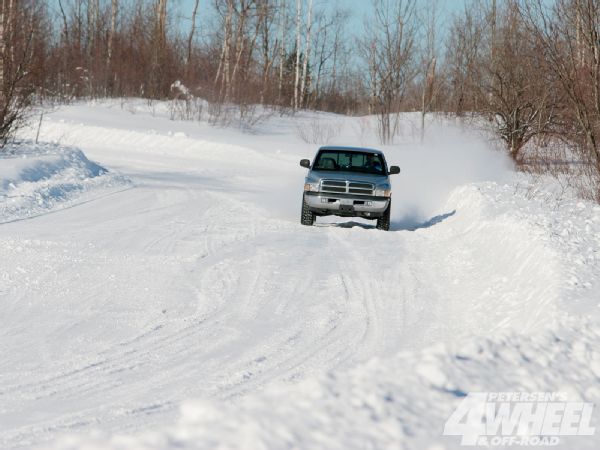
Behind the scenes and in the secret offices and hallways of tire manufacturers, the wheels of tire engineering and design are continually churning. Occasionally we run into an industry friend who is testing a set of prototype off-road tires, but that doesn't happen too often. Recently we had a chance to quiz our friends at BFGoodrich and Michelin on how they go about designing and testing tires. Our inquisitive grilling definitely got some questions answered about the process and hopefully will help you in your search for tire wisdom.
4-Wheel & Off-Road: How do you benchmark the competitors' tires?
BFGoodrich/Michelin: We benchmark competitor tires in multiple ways. First, we test them at our proving grounds and R&D center for performances such as noise, wet and dry braking, wet and dry handling, snow traction, rolling resistance, wear, and so on. Second, we monitor test results and ratings from large organizations such as the Tire Rack and Consumer Reports. We also take the time to talk to dealers and consumers as well as monitor Internet forums and print publications.
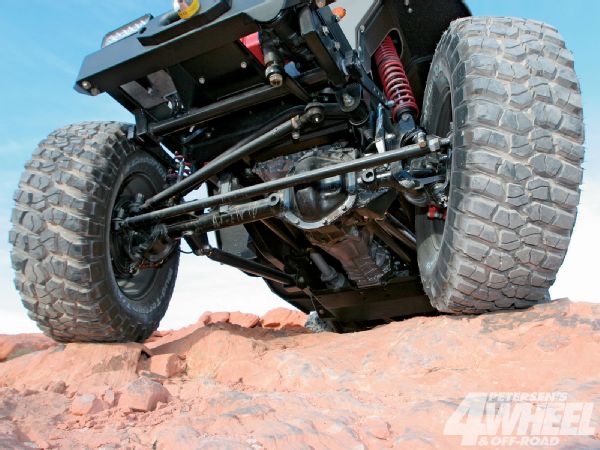
4WOR: What's involved when tires are tested for mileage?
BFG/Michelin: Standard industry tests in addition to fleet tests are typically used. We have also have developed a proprietary test for wear mileage that involves running tires on different vehicles and surfaces. The result is a very accurate assessment of the normal wear life of the tire.
4WOR: How are the tires tested for traction?
BFG/Michelin: An array of traction tests is conducted on all products on a wide variety of surfaces and surface conditions that the end product will be expected to encounter. These are both instrumented and subjective. Most traction tests are conducted at our proving grounds. At the proving grounds we have over a dozen specialized tracks with surfaces ranging from polished concrete to sand, asphalt to dirt, with the capability to run surfaces either wet or dry. Testing ranges from purely analytical, in which multiple measurements are made with sensors on a dedicated test vehicle, to objective on-vehicle, where measurements are made with test tires mounted on a variety of standard vehicles, to subjective, in which a trained driver rates the performance of the tire based on sensory feedback. Winter testing is conducted every year in either the upper peninsula of Michigan or New Zealand, depending on the time of the year.
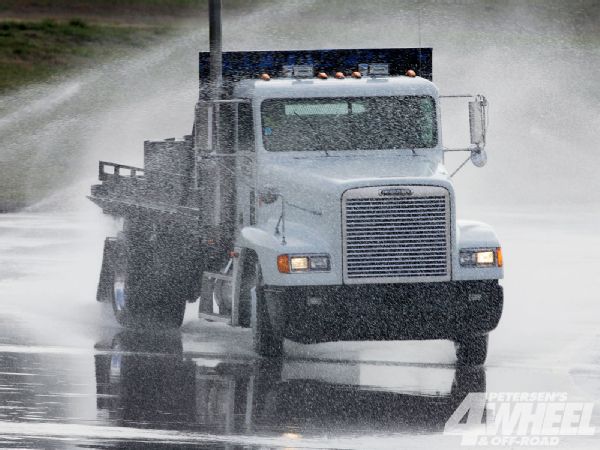
4WOR: What type of information is developed through motorsports?
BFG/Michelin: Engineers are a fixture at motorsports events throughout the season gathering data on product performance in addition to closed testing sessions conducted with motorsports teams. Data on construction tread design, tread compound would be typical, but all areas of product performance are taken into consideration.
4WOR: How long does it take to develop a new tire from initial design to production?
BFG/Michelin: There is no specific timetable. There are of course goals, but depending on the product and the nature of performance improvements that are sought, the time involved varies greatly.
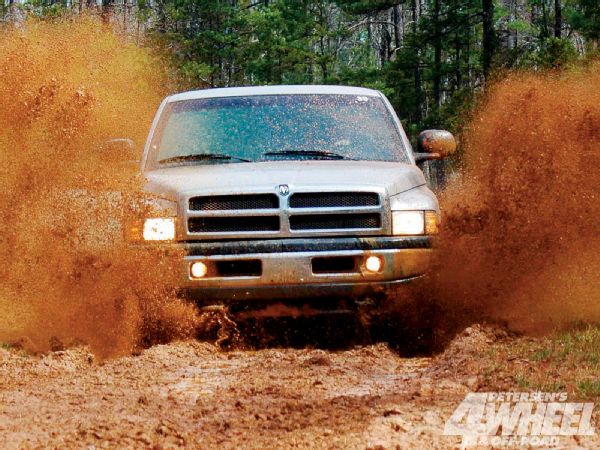
4WOR: Is tread pattern or rubber compound more important during development?
BFG/Michelin: They are both equally important. But these are just two of the items that play a role in a tire's performance. Internal construction can play as great or greater a role in advancing product performance. Most consumers put too much emphasis on the tread pattern and don't give enough credit to compound. This is especially true with wet and snow traction, where just a compound change can alter the grip level by 30 percent or more.
4WOR: When developing and testing tires, are multiple designs tested or is a final design developed and then tested?
BFG/Michelin: We design, build, and test multiple variations of tires to help us achieve the best solution in the development and testing phase. Certainly, advances in technology provide the ability to test many areas of performance to reach the end target. For example, initial tread noise can be evaluated using computer simulation tools during the design process before building a single tire.
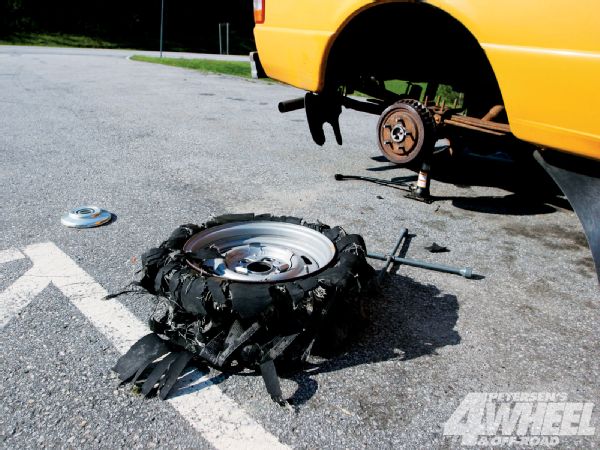
4WOR: Does Michelin/BFGoodrich have an off-road test facility? Does it have mud, sand, and rock formations?
BFG/Michelin: Michelin and BFGoodrich have world class test facilities with both on-vehicle and machine tests that provide a wide range of surfaces and conditions. The off-road tracks at our proving grounds include a dirt circuit, a gravel circuit, various rock tracks, and mud slopes. However, the conditions of dirt, rocks, and mud vary extremely from location to location (for example, red clay in the South versus slickrock in Moab). Thus, we also rely on feedback from field placements during the development cycle.
4WOR: How long is a new tire tested after the prototype is developed? A year? More?
BFG/Michelin: Until it meets the desired performance criteria that is expected given the different demands. This can vary greatly. [It also matters whether] the product is an improvement of existing design, or is it seeking a new breakthrough level of performance for a specific target.
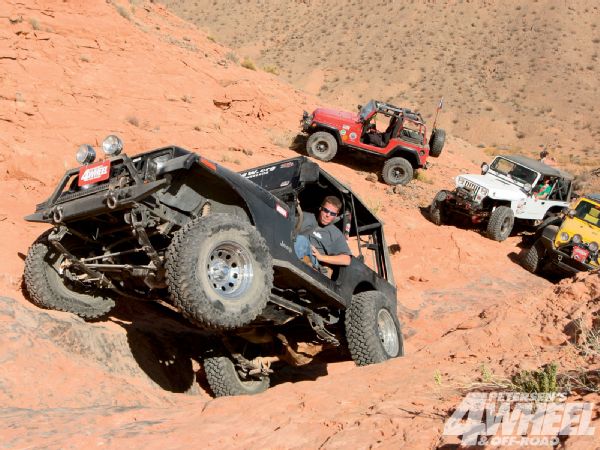
4WOR: What type of weather testing is done?
BFG/Michelin: Most weather conditions are included at our proving grounds, with temperatures ranging from freezing to over 100 degrees in the summer. Tracks can be run either wet or dry to simulate rain. Winter testing, including snow and ice testing, is conducted in the upper peninsula of Michigan or New Zealand.